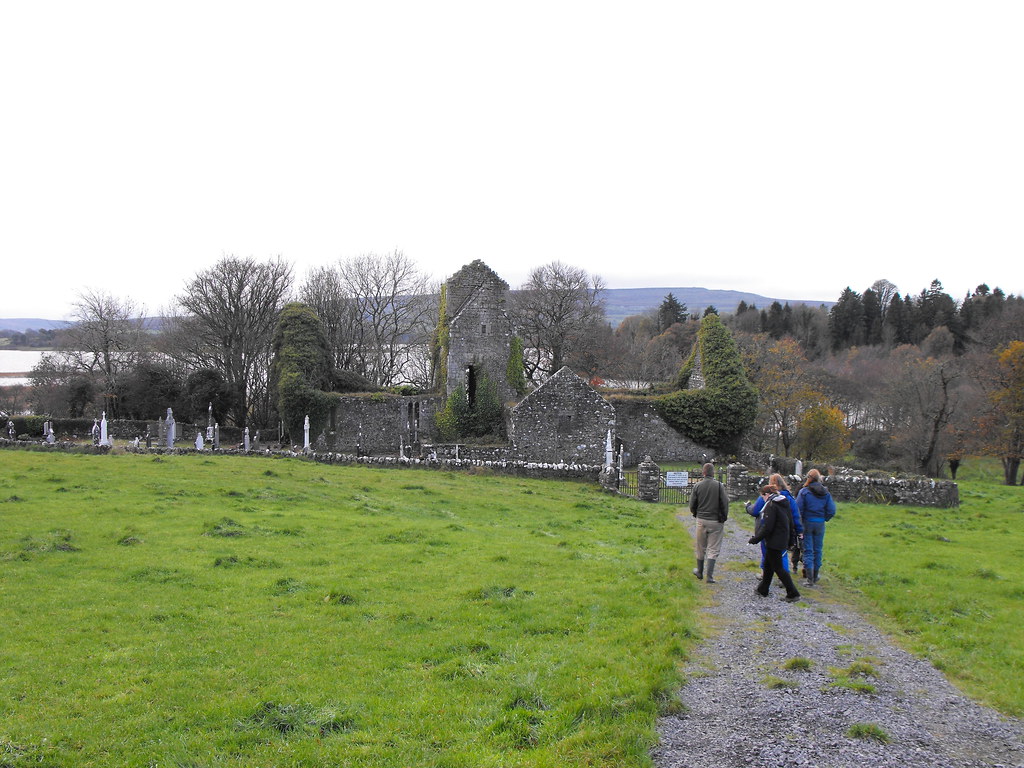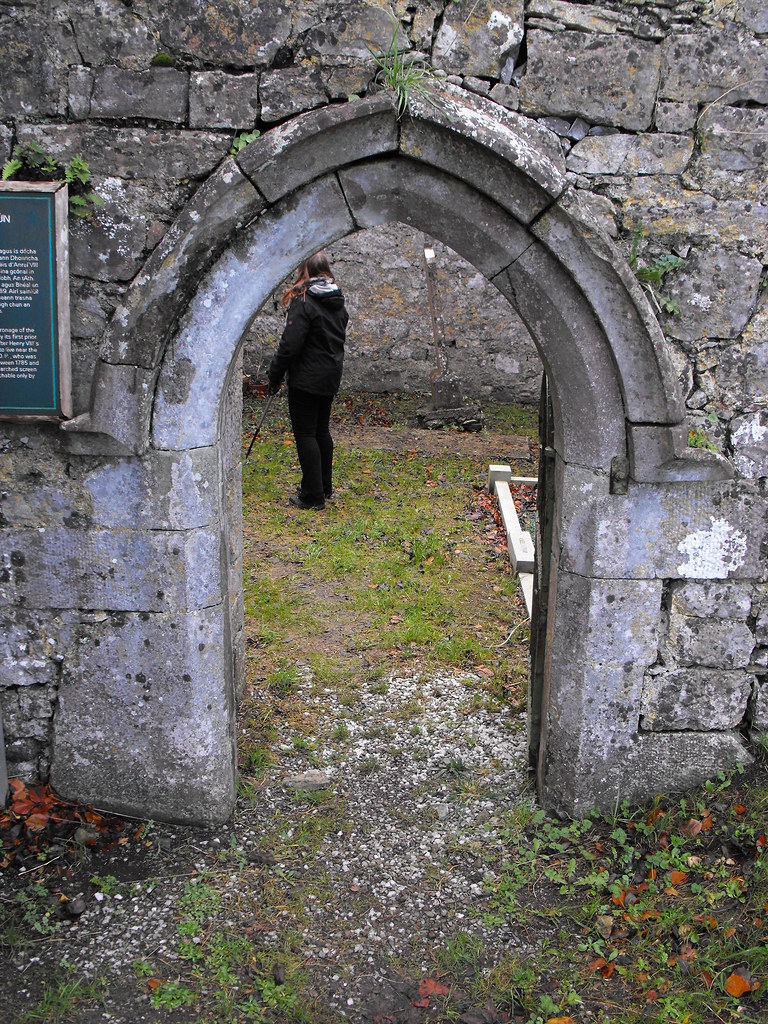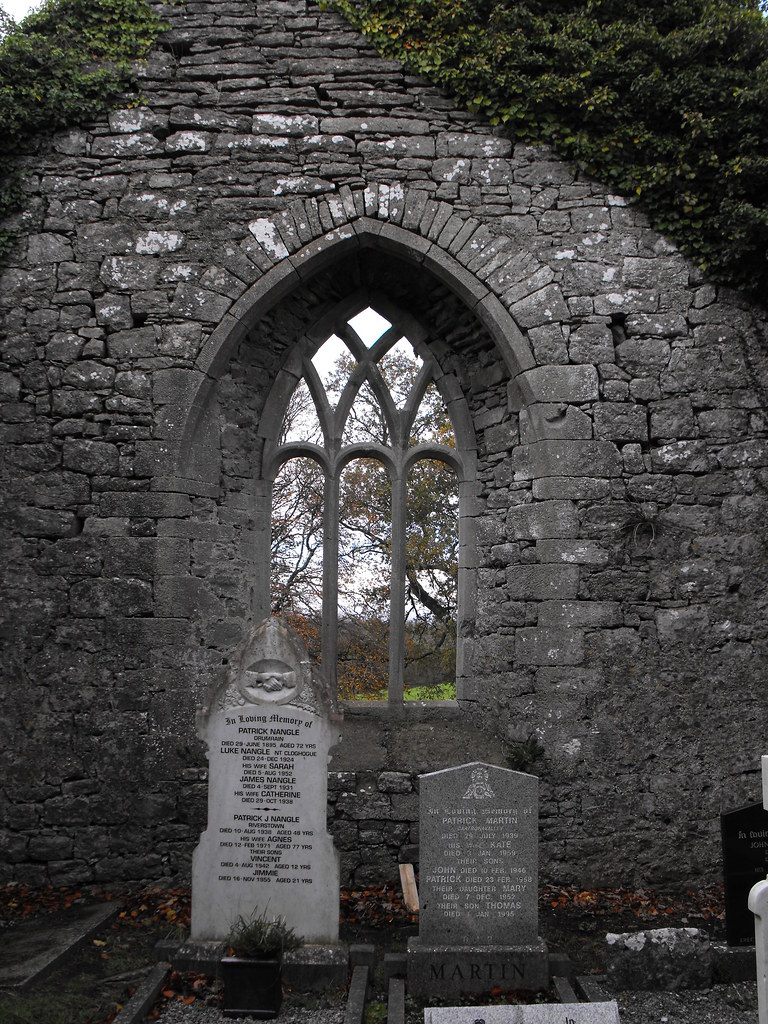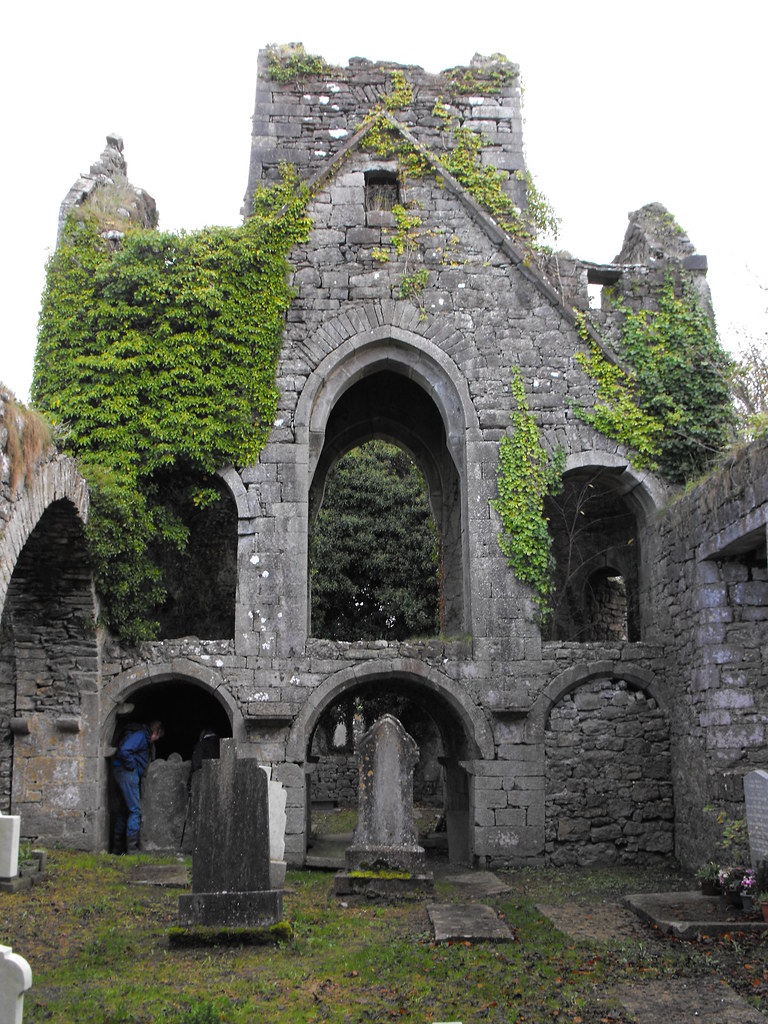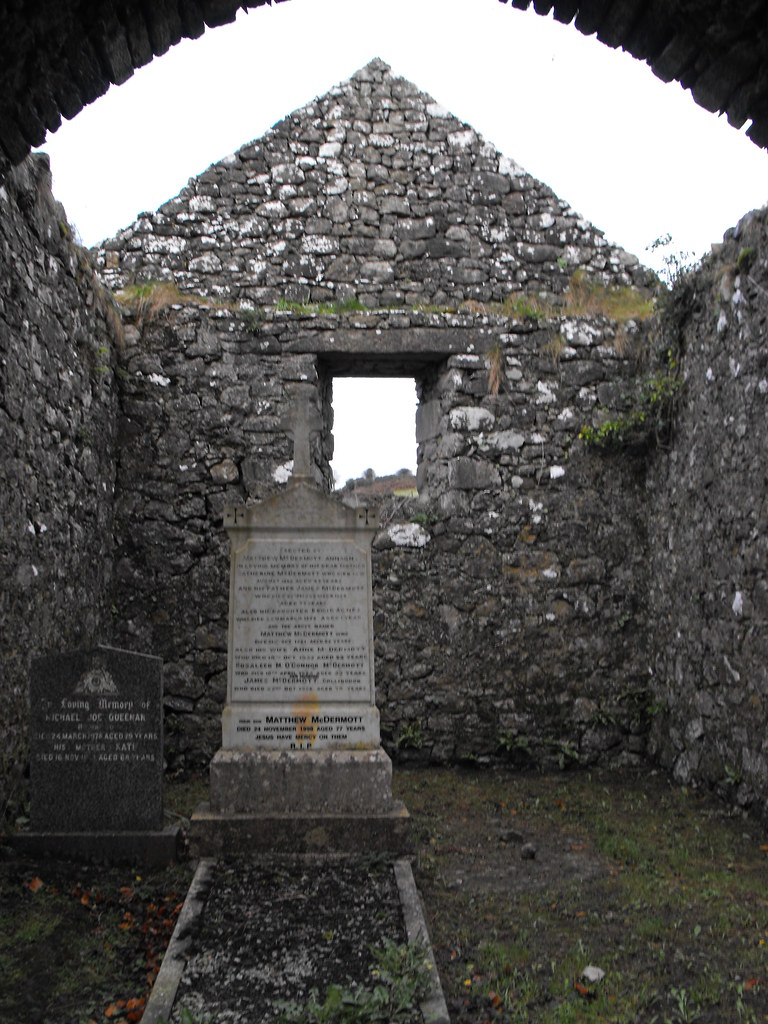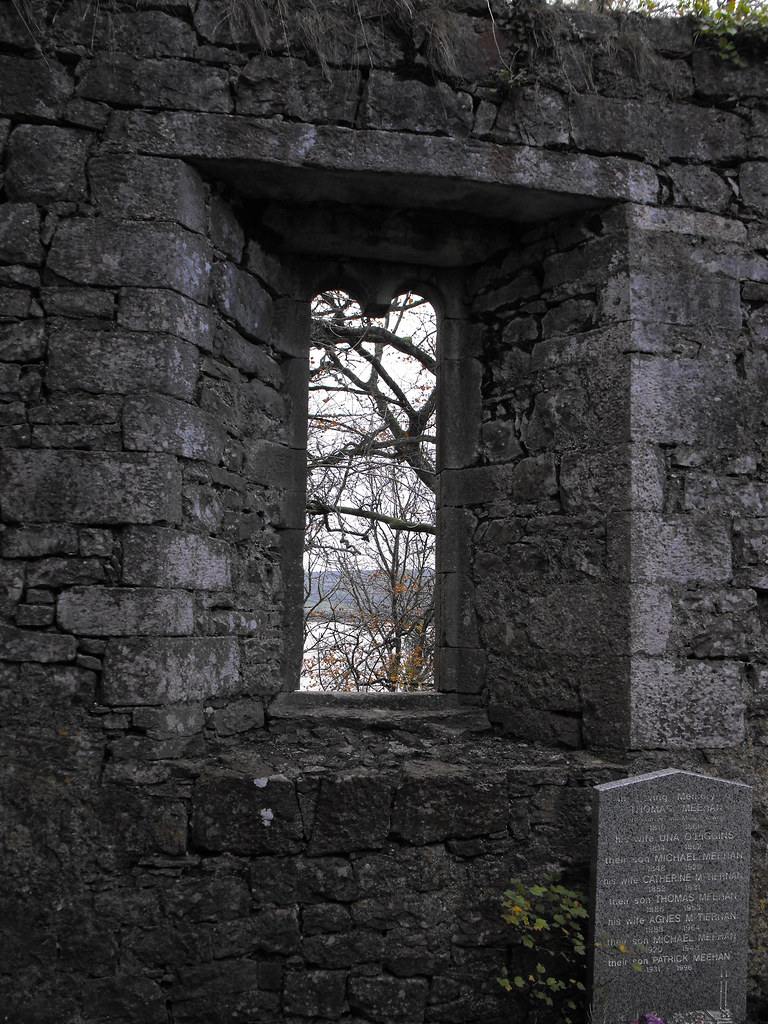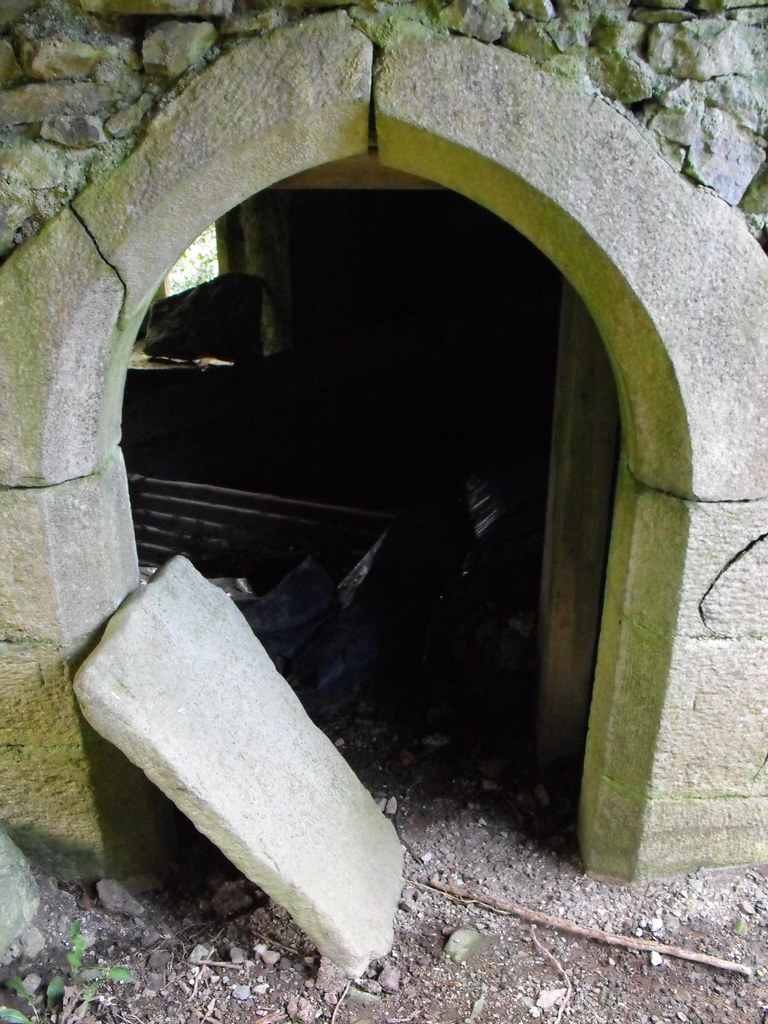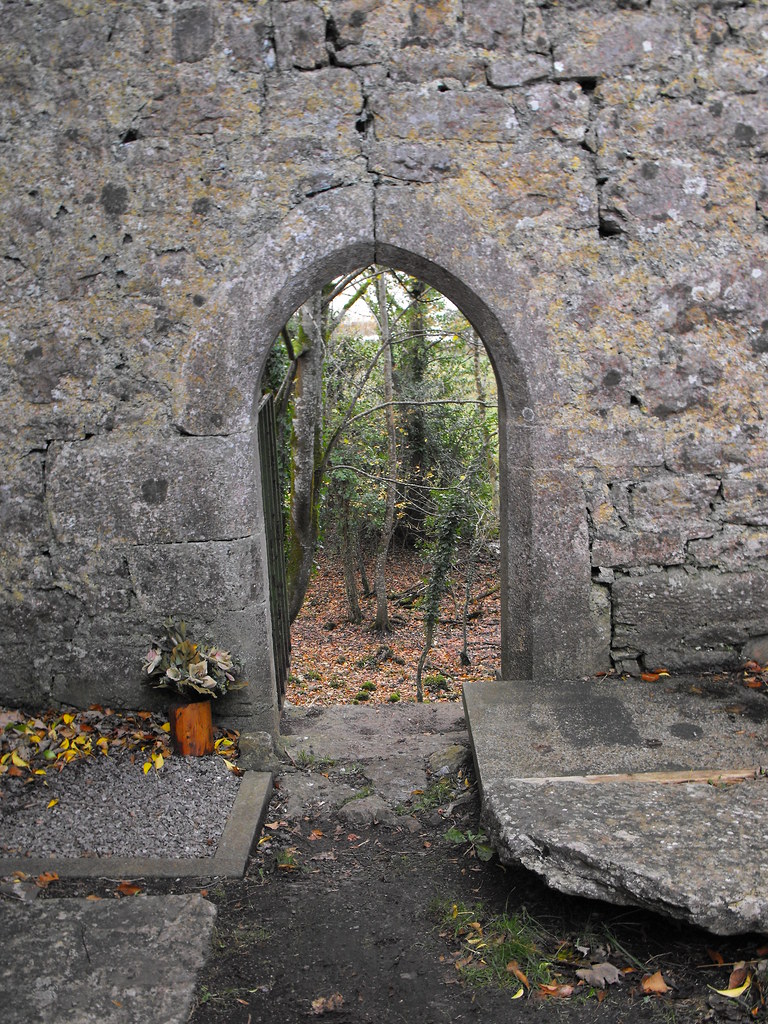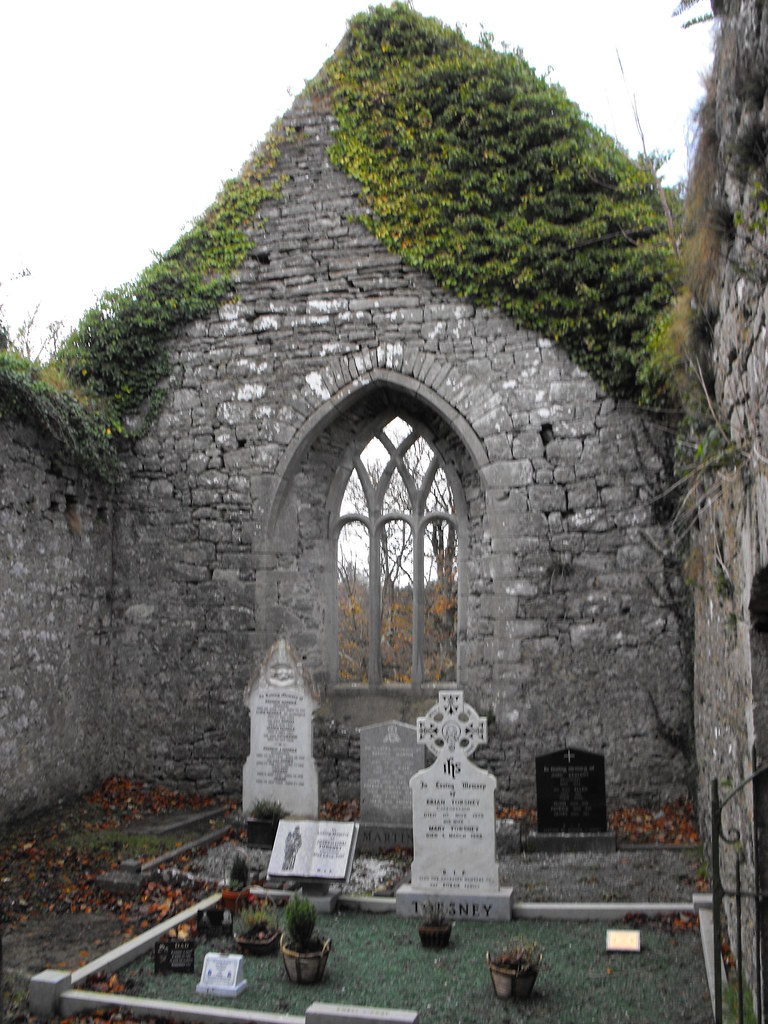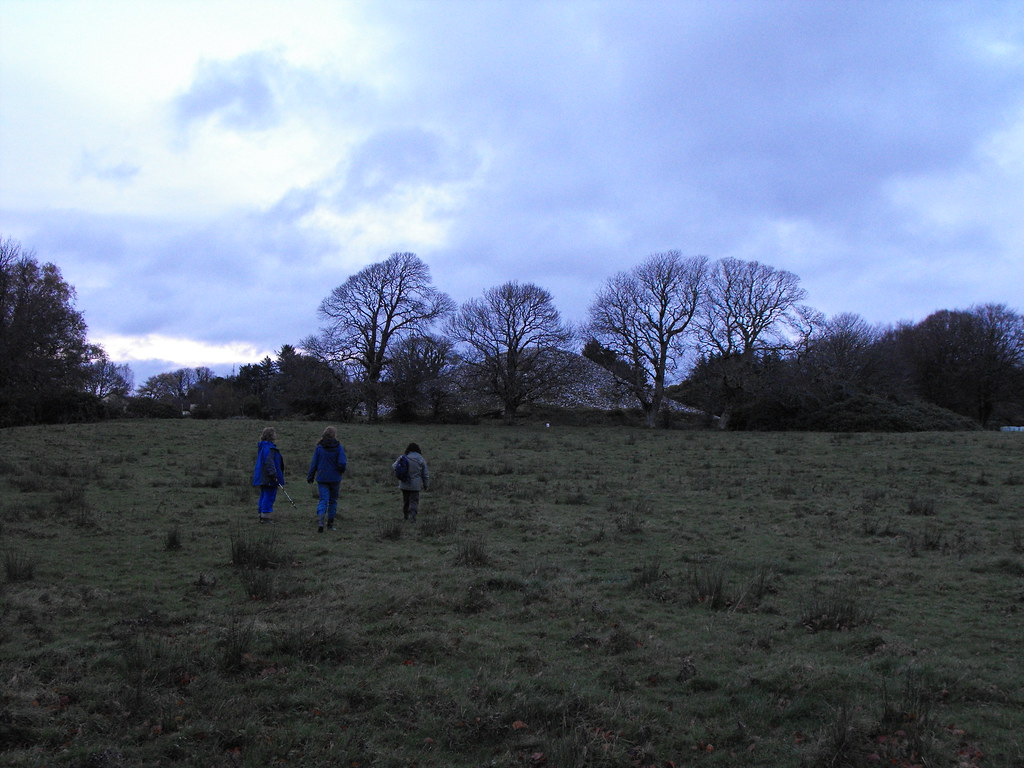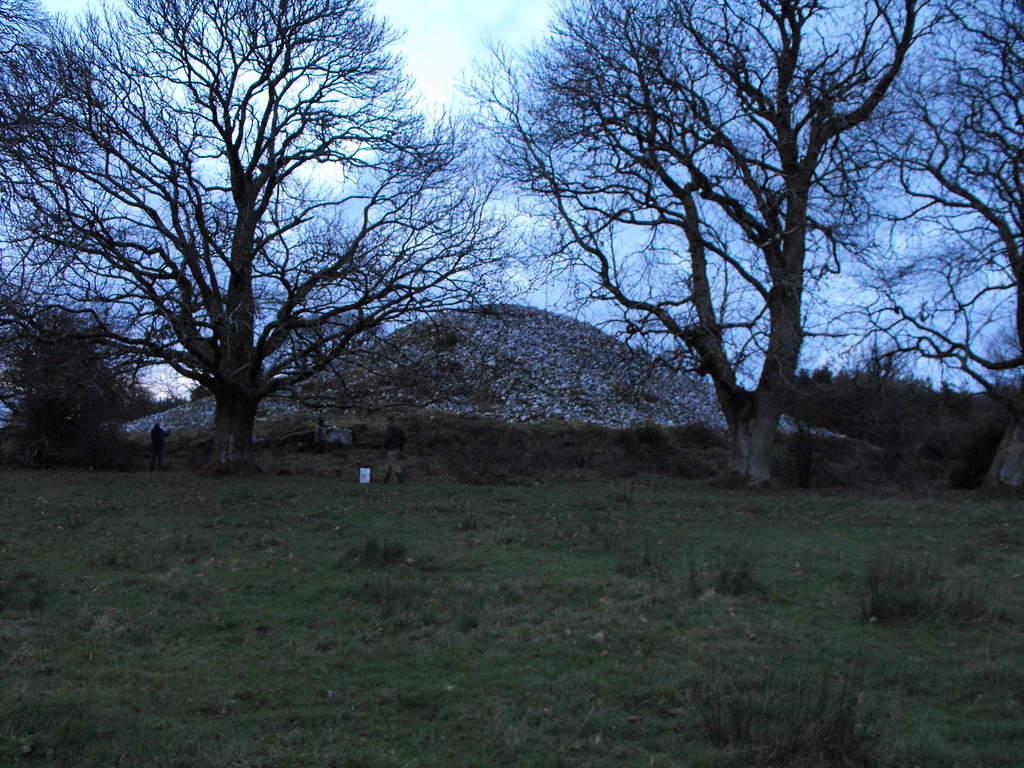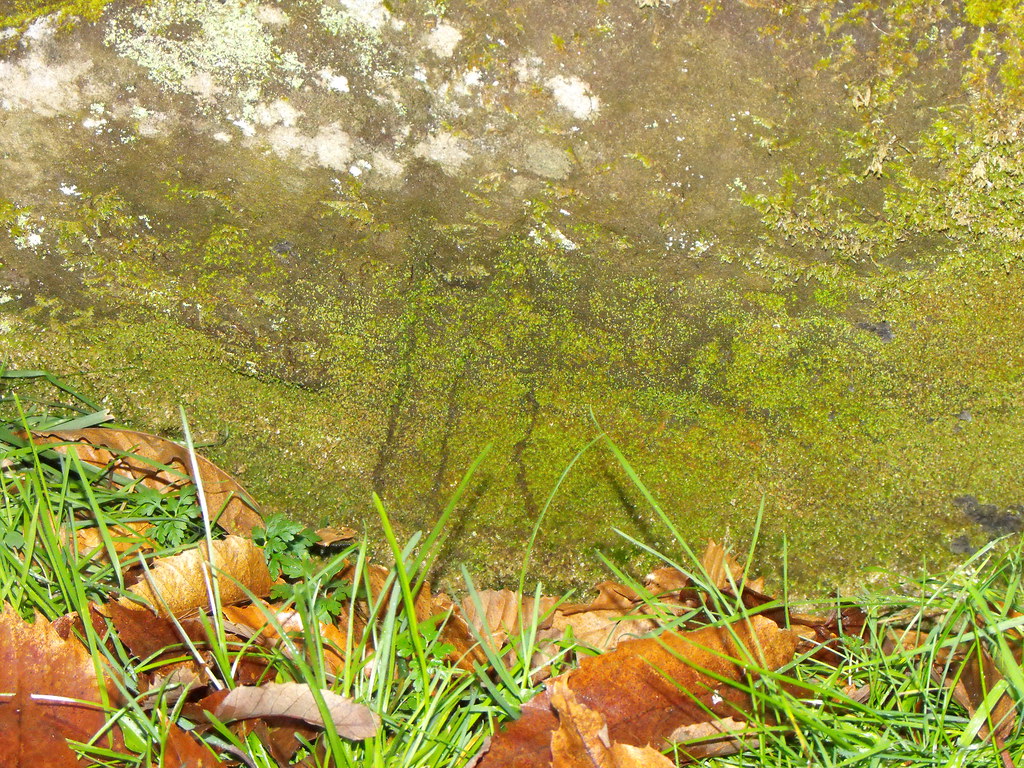Location – Near the Heapstown Crossroads on the banks of Lough Arrow.
OS: G 789 149 (map 25)
Longitude: 8° 19' 21.44" W
Latitude: 54° 4' 58.16" N
GPS: G 78888 14911 (Accuracy – 5m)
See map at the bottom of the page.
Description and History – This is a fantastic ruin and in such an amazing location right on the banks of Lough Arrow. The friary belonged to the Dominicans and was founded by Thomas O’Farrell in 1507. He was murdered 20 years later. The life of this friary was short-lived, however, and after the dissolution it quickly fell into ruin and changed hands many times. The church is quite simple in design and is rectangular with a small transept. The central arches dividing the nave from the chancel is unique in Ireland as it is the country’s only surviving example. The arches have three barrel vaults underneath and this level above can still be reached but it is only for the brave as many of the steps are missing and there is nothing to stop you falling off. This is a great ruin and well worth the visit.
Difficulty – East to find and get around.
For more ecclesiastical sites, click here.
For more sites in Co. Sligo, click here.
OS: G 789 149 (map 25)
Longitude: 8° 19' 21.44" W
Latitude: 54° 4' 58.16" N
GPS: G 78888 14911 (Accuracy – 5m)
See map at the bottom of the page.
Description and History – This is a fantastic ruin and in such an amazing location right on the banks of Lough Arrow. The friary belonged to the Dominicans and was founded by Thomas O’Farrell in 1507. He was murdered 20 years later. The life of this friary was short-lived, however, and after the dissolution it quickly fell into ruin and changed hands many times. The church is quite simple in design and is rectangular with a small transept. The central arches dividing the nave from the chancel is unique in Ireland as it is the country’s only surviving example. The arches have three barrel vaults underneath and this level above can still be reached but it is only for the brave as many of the steps are missing and there is nothing to stop you falling off. This is a great ruin and well worth the visit.
Difficulty – East to find and get around.
For more ecclesiastical sites, click here.
For more sites in Co. Sligo, click here.
The friary from the road.
The unique screen division between the nave and the chancel.
The steps to the upper floor.
There are some lovely old gravestones here.
View The Standing Stone in a larger map

